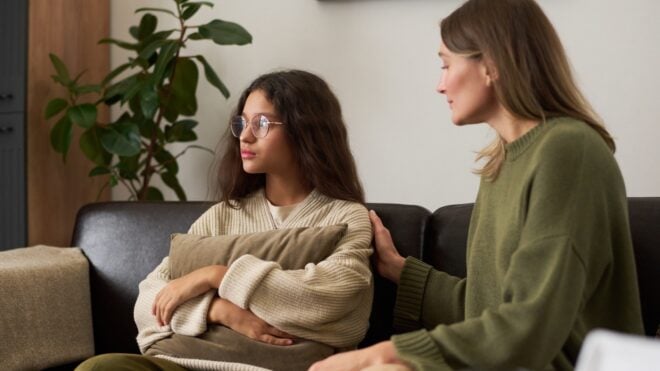Reproductive rights rest on the recognition of the importance to freely decide the number and timing of children, and also access to the best standards of health. They also include the right to make reproductive decisions free of discrimination, coercion and violence. The United States has long been at battle over this issue, which will likely continue to be a major point of contention during the next presidential election.
Here's where we're at as a nation, and what you need to know to better understand the issues when candidates talk about abortion, birth control and a woman's right to choose.
Abortion is one of the most common medical procedures performed in the U.S. each year. More than 40 percent of all women will end a pregnancy by abortion at some time in their reproductive lives.
RELATED: Politics of the Gender Wage Gap: Facts
Women's reproductive freedom and privacy are protected by the U.S. Constitution, as affirmed by the Supreme Court in the landmark 1973 Roe v. Wade decision and other cases.
In late 2003, Congress passed and President Bush signed into law the "Partial-Birth Abortion Ban Act of 2003," the first federal ban on abortions. The act would prohibit a wide range of abortions performed in the second trimester.
Nearly all, some 89 percent of abortions, occur in the first trimester of pregnancy (based on the most recent data from 2010).
In 2011-12, the average amount paid for a non-hospital abortion with local anesthesia at 10 weeks' gestation was $480. The average amount paid for an early medication abortion before 10 weeks was $504.
While women of every social class seek terminations, the typical woman who ends her pregnancy is either young, white, unmarried, poor or over the age of 40.
Congress has barred the use of federal Medicaid funds to pay for abortions, except when the woman's life would be endangered or in cases of rape or incest.
At least half of all states have imposed regulations on abortion clinics, ordered counseling, required a waiting period, mandated parental involvement for minors or prohibited the use of state Medicaid funds to pay for medically necessary abortions.
Since 1995, states have enacted 876 anti-choice measures.
California enacted more pro-choice legislation than any other state in 2015, with five measures.
Abortions have declined in states where new laws make it harder to have them—but they've also waned in states where abortion rights are protected.
Nationwide, an Associated Press survey showed a decrease in abortions of about 12 percent since 2010.
Around 84 percent of clinics reported at least one form of anti-abortion protest in 2011. Picketing is the most common form (80 percent) followed by phone calls (47 percent). Some 53 percent of clinics were picketed 20 times or more.
Illegal abortions are unsafe and account for 13 percent of all deaths of women because of serious complications. Death from abortion is almost unknown in the U.S. or in other countries where abortion is legally available.
While women of every social class seek terminations, the typical woman who ends her pregnancy is either young, white, unmarried, poor or over the age of 40.
The next president will decide as many as four new Supreme Court justices, upending its current balance.
Half of pregnancies among American women are unintended, and four in 10 of these are terminated by abortion.
Why do women have abortions? Three-fourths of women cite responsibility for other individuals; three-fourths say they can't afford a child; three-fourths say having a baby would interfere with work or school; and half say they do not want to be a single parent or are having problems with their partner.
In terms of religious opposition, 64 percent of American women surveyed agree that church members are more likely to gossip about a woman considering an abortion than help her to understand options.
Abortion is not the only issue—so is access to birth control. In the last few years, lawmakers have been making it harder and more expensive for women to gain access to contraception.
RELATED: Politics of Affordable Childcare: Facts
In the next Supreme Court term, the justices will consider whether to hear two challenges to so-called TRAP (targeted regulation of abortion providers) laws—one from Texas and one from Mississippi. Either case could become the most direct challenge to reproductive rights that the court has heard in years, making the next Supreme Court Justice appointee a critical decision in terms of reproductive rights.
The next president will decide as many as four new Supreme Court justices, upending its current balance. The court is now almost evenly split by ideology, with four conservative-leaning justices, four on the liberal side and one—Justice Anthony Kennedy, known as the "swing voter"—in the middle and just as likely on almost any issue to go either way.




